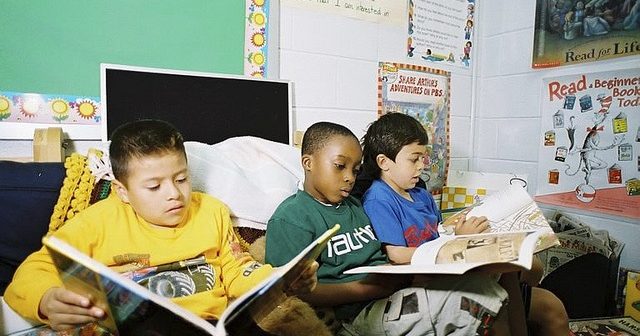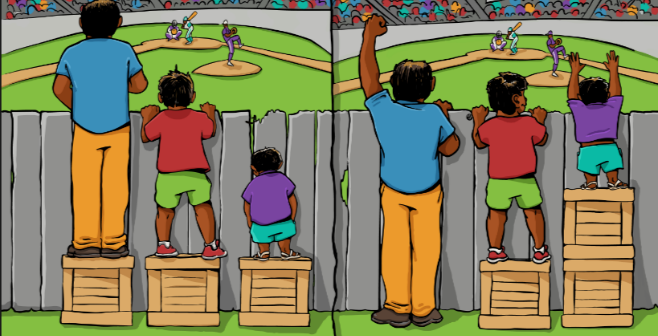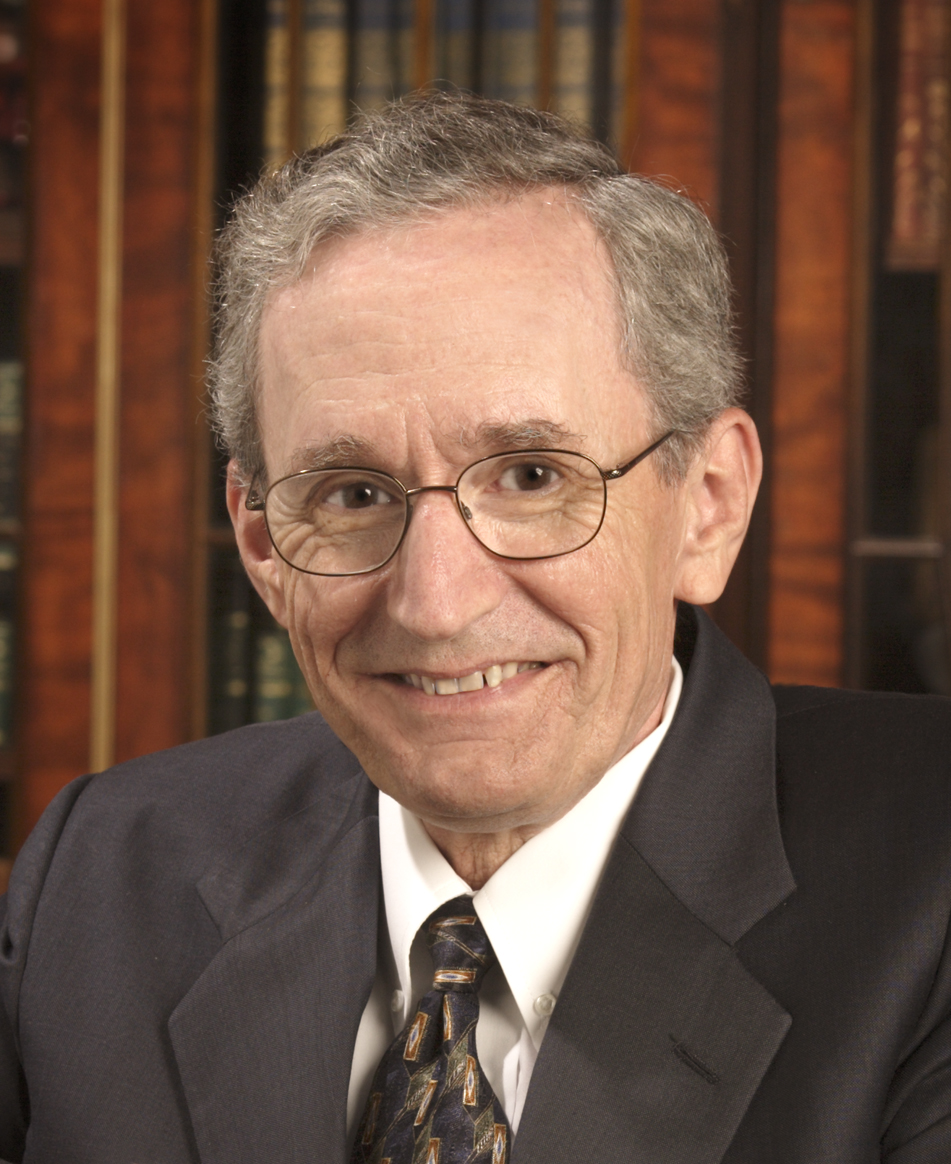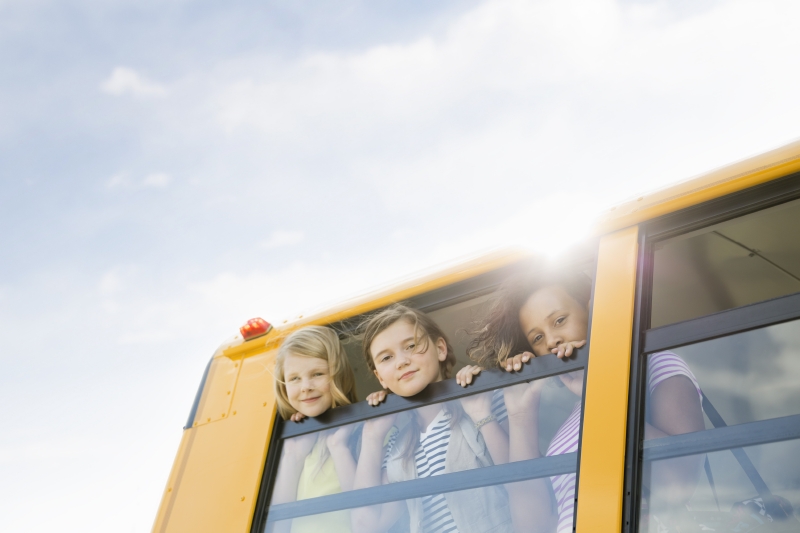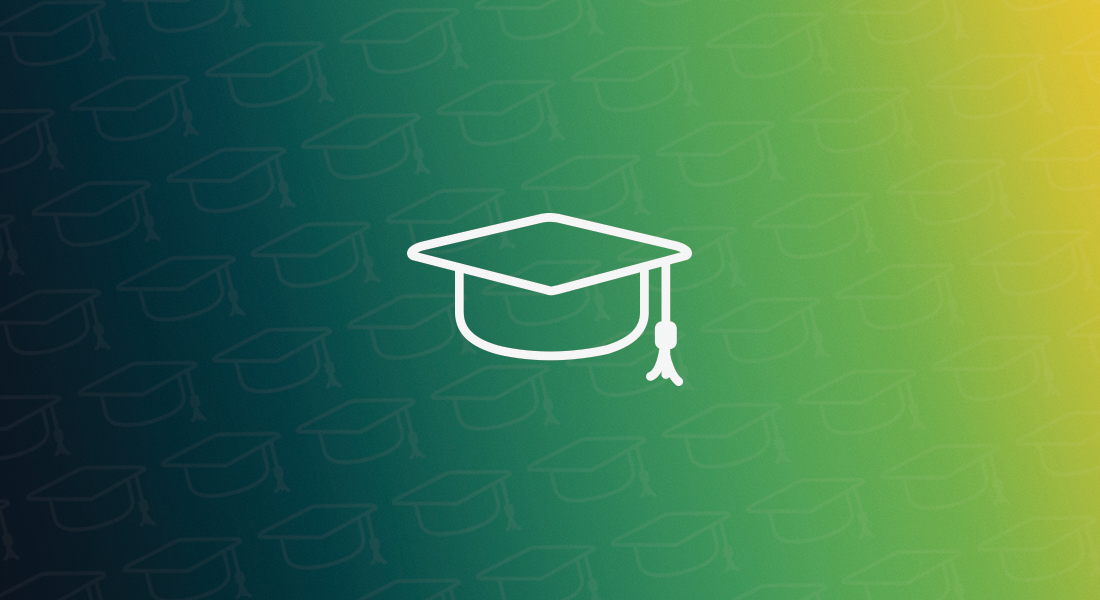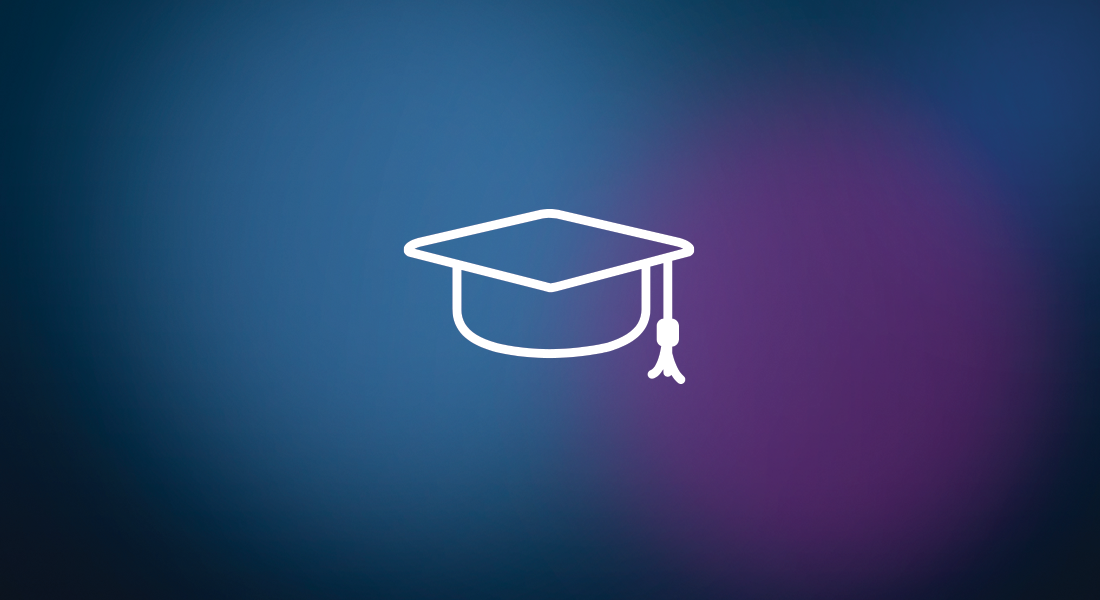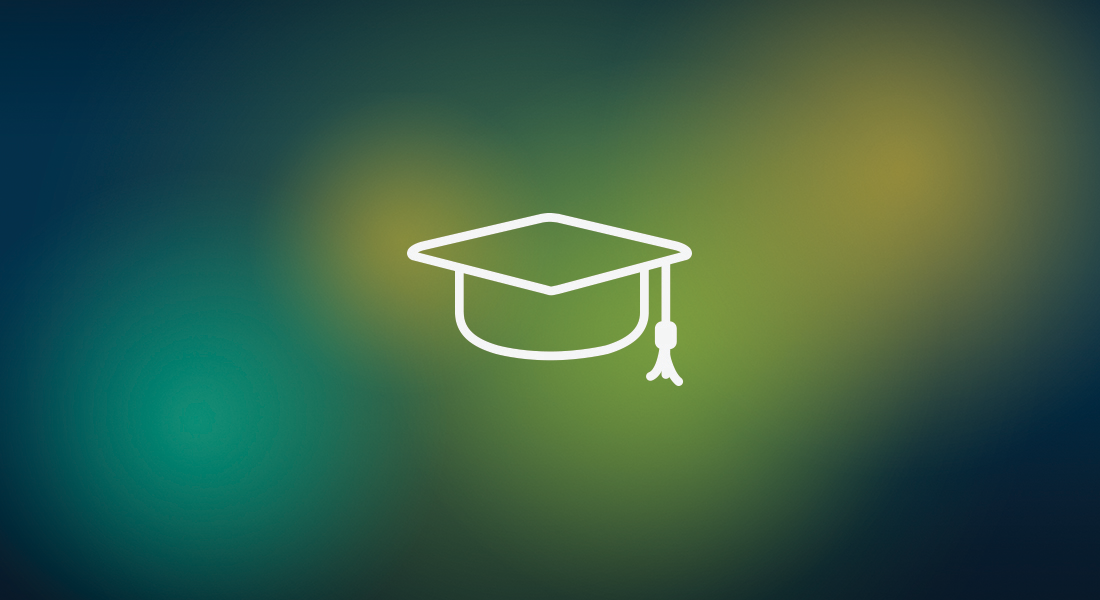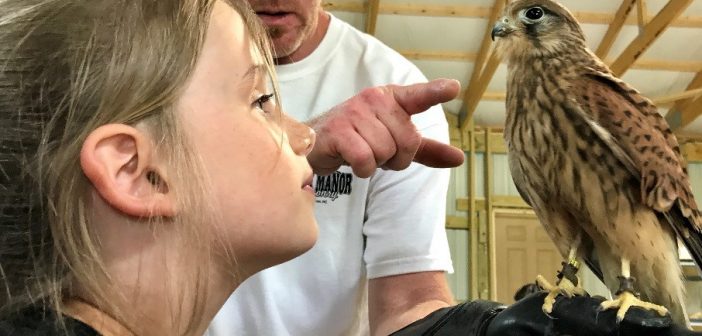
You never know where you’ll see great teaching in action. That was made abundantly clear to me when my family ventured to rural Lillington, North Carolina to learn about falconry, civilization’s oldest form of hunting. We are not hunters ourselves, but my husband is fascinated by birds of prey and


